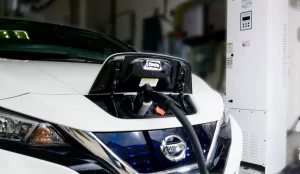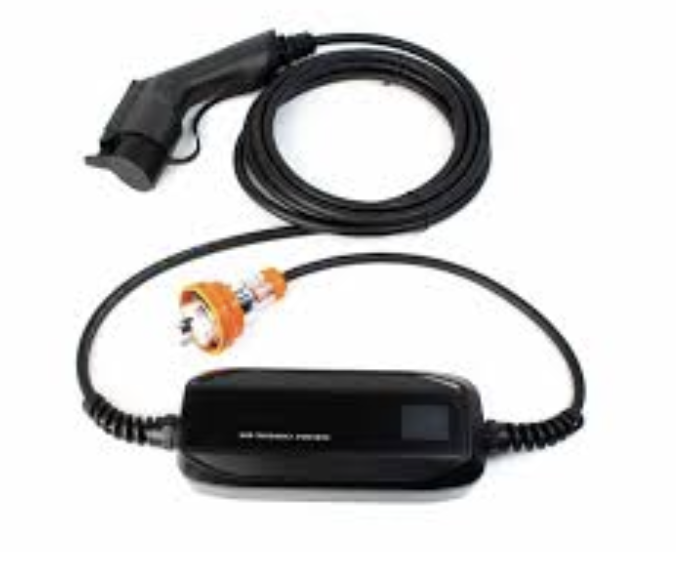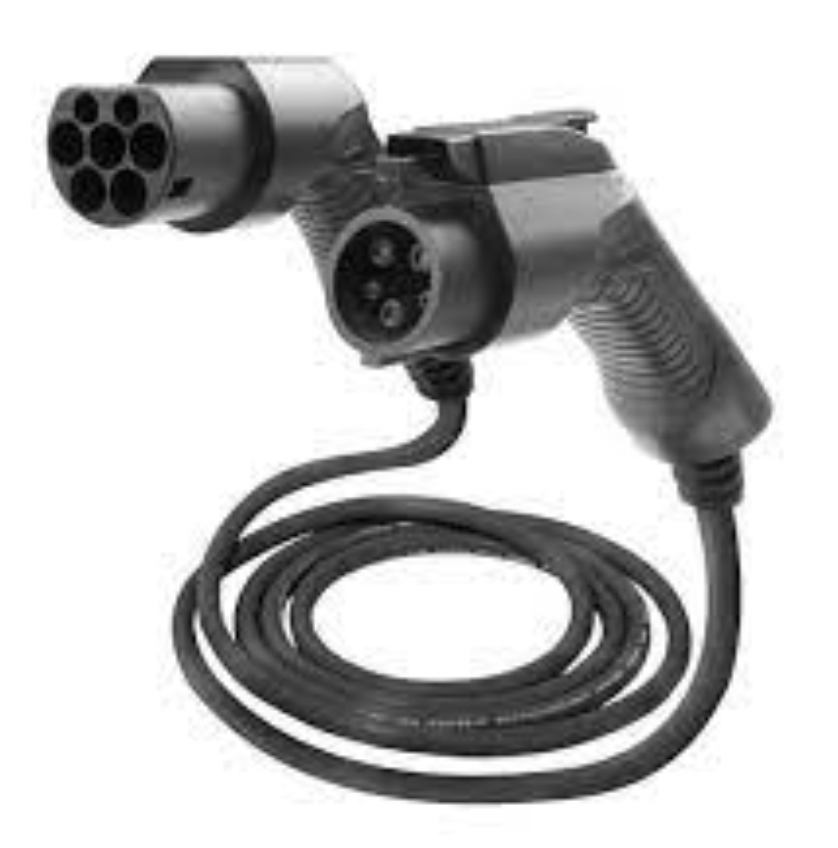Things you need to know
Ok. With plugs used for charging an EV, there are two types of plugs used for home charging, and two types of plugs used for fast charging on the road (it’s never easy!)
With home charging you will hear the terms Type 1 plug and Type 2 plug. This describes the type of plug that’s required to plug into your EV to charge it. Imported Nissan Leafs use a Type 1 plug. EV’s like a Tesla use Type 2. As time goes on, Type 2 will probably become dominant in Australia (varies as to where you are in the world).

Fast Chargers (Normally commercial chargers on major roads) use two main types of Charge plug. CHAdeMO and and CCS. The Nissan Leaf uses CHADeMO, as well as Mitsubishi and others. EV’s such as Tesla use CCS (There are two types of CCS, but I will just show one)
This is one the first questions we get asked!
First, charging at home.
There are two ways of charging at home. You can either use a wall box (Zappi and the like), or a portable EV charger (EVSE).
Firstly, the portable charger (EVSE).
The portable charger is really handy. They commonly come in either 10amp or 15amp sizes (The more amps they are, the quicker the car will charge. 10amp is a normal wall socket, 15amp is a heavy duty wall socket-not many homes have them, but not overly expensive to have wired in)
They come with a 3pin plug one end (for the wall socket), and a Type 1 or Type 2 plug at the other end to plug into the car.

This is a typical looking EVSE. Normally they have a 5metre cable and a 3pin plug (either 10 or 15 amp) You can leave them hooked up wherever you charge your car, or if your going on a trip, put them in the car so you can charge wherever you might be staying.
How fast do they charge?
A 10amp EVSE will charge at about 2.4kw/hour, and
a 15amp EVSE will charge at about 3.6kw/hour.
That means that if you have a 30kwh Leaf, and it is half charged (That means it has 15kwh left in the battery, and needs 15kwh to “fill it”), the 10amp EVSE would take about 7 hours to fully charge it (15kwh÷2.4kw=6.25 They slow down when nearing 100%), and the 15amp EVSE about 4.5hours.
Normally, if you’re visiting friends, a 10amp EVSE is best. Most people will have a 10amp wall socket, not many will have a 15amp wall socket.
Secondly, the Wall Box style charger.
The Wall Box charger is fixed to the wall as the name suggests, and is not portable. The Wall Box charger (There are many brands available, Zappi, WALLPOD etc) allows you to charge at a faster rate than either of the previous options, most commonly at about 7kw’s. Depending on the unit, they can be sometimes programmed to use only solar, off peak or just charge using anything.
The Wall Boxes come either tethered or untethered. Tethered means it has a charge cable built into it (normally about 5metres long with either a Type 1 or Type 2 plug on the end), whereas untethered means it has a socket only (normally a Type 2 socket). You need a charge cable to use an untethered wall box The Nissan Leaf would need a Type 2 plug (to plug into the Wall Box) to Type 1 plug (to plug into the Leaf itself)). The charge cables can be 5 metres or more in length.

This is a Type 2 to Type 1 Cable (as you would use on a Nissan Leaf). You can buy Type 2 to Type 2 and other adaptors as well
These cables are handy to have, because some Motels and Cafes (The Oven at Cheshunt for example) will often have wall mounted charging stations, but you need to supply your own cables (Untethered)
Fast Charging on the road is becoming more convenient and much more common. Fast chargers are being commissioned on a regular basis as the EV revolution gathers speed.
The first thing you need to do if you’re heading off on a trip, is to find out where the charge stations are. One of the most popular apps to help with this is called Plugshare. This app will let you know where there are Fast Chargers (As well as Wall Box Chargers and even 15 or 10 amp plugs available-at rest areas for example)) to help you charge your vehicle.
If you are using a commercial fast charger, you will need to download the providers app to allow you to unlock the charger and pay when you “fill up”. The two most popular providers are ChargeFox and Evie. Their apps are very easy to set up and use.
Most fast chargers have both the CCS plug and CHADeMO plug available.
Fast Chargers can charge anywhere from 50kw/hour up to 350kw/hour. These charge speeds are dependent on the charger, and the amount of charge your vehicle can accept. Nissan Leafs normally can accept either 50kw/h or 100kw/h, depending on model and battery size. Temperature (both ambient or battery) can slow these numbers down-it is the software protecting the battery. Only some top end EV’s (Porsche etc) can accept the 350kw/h speeds.
TAP TO CALL : 427562144